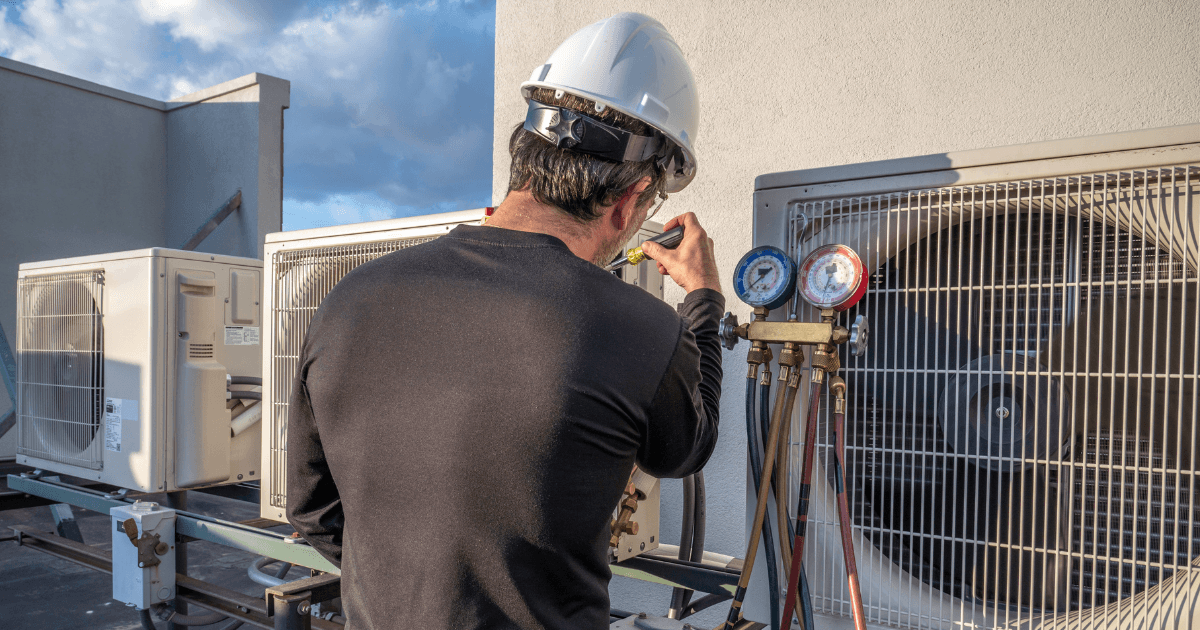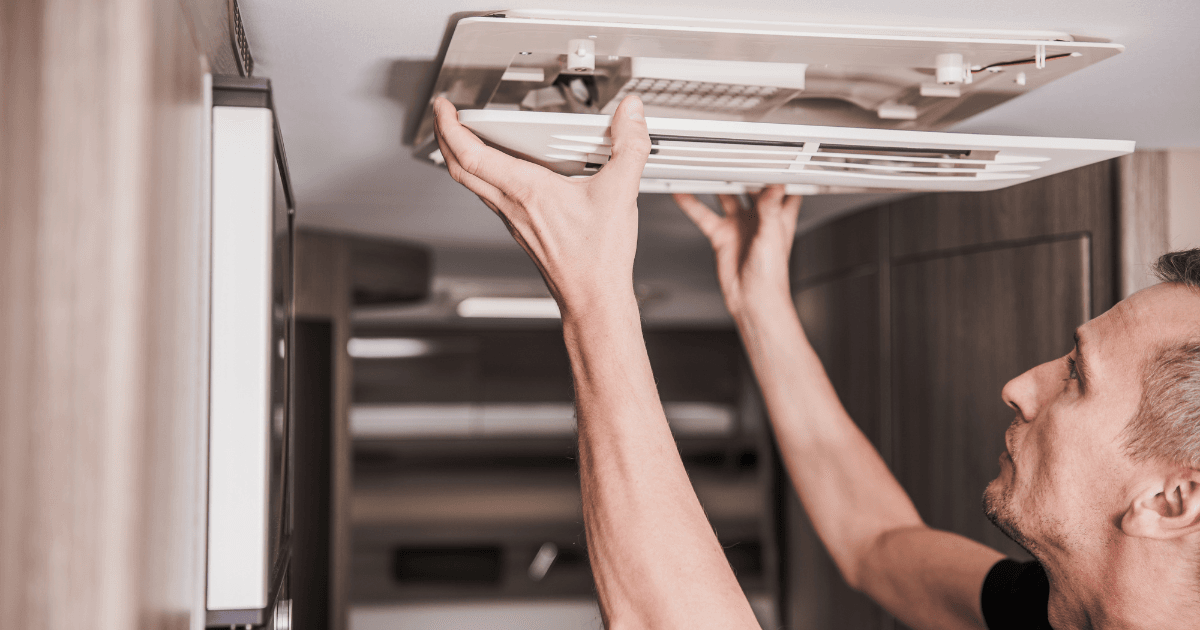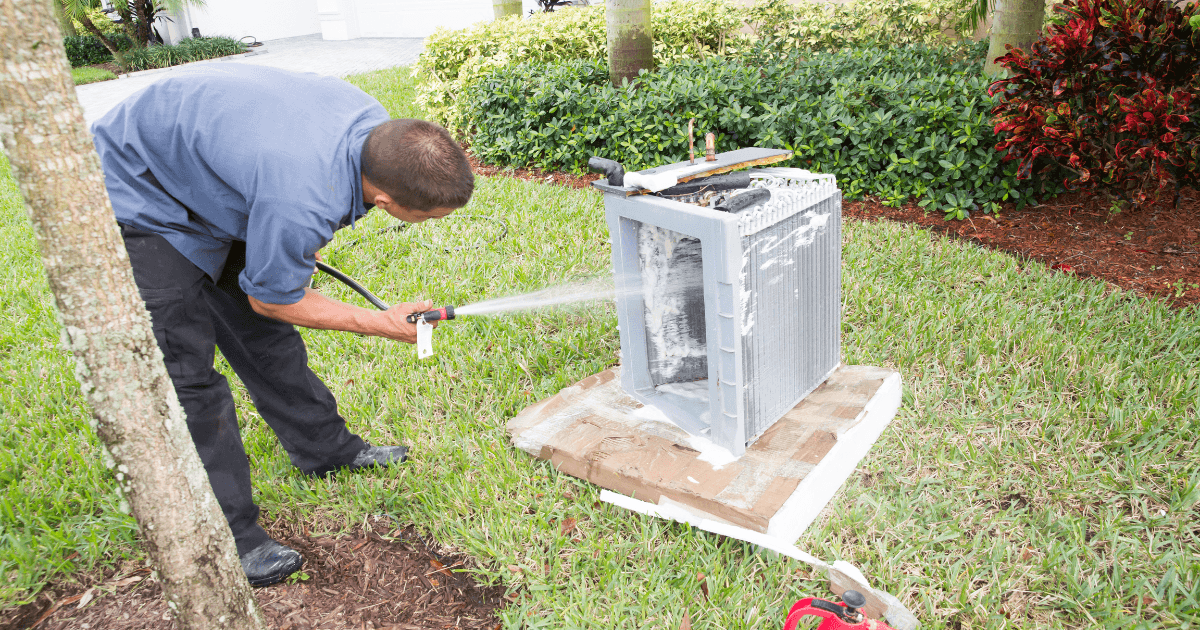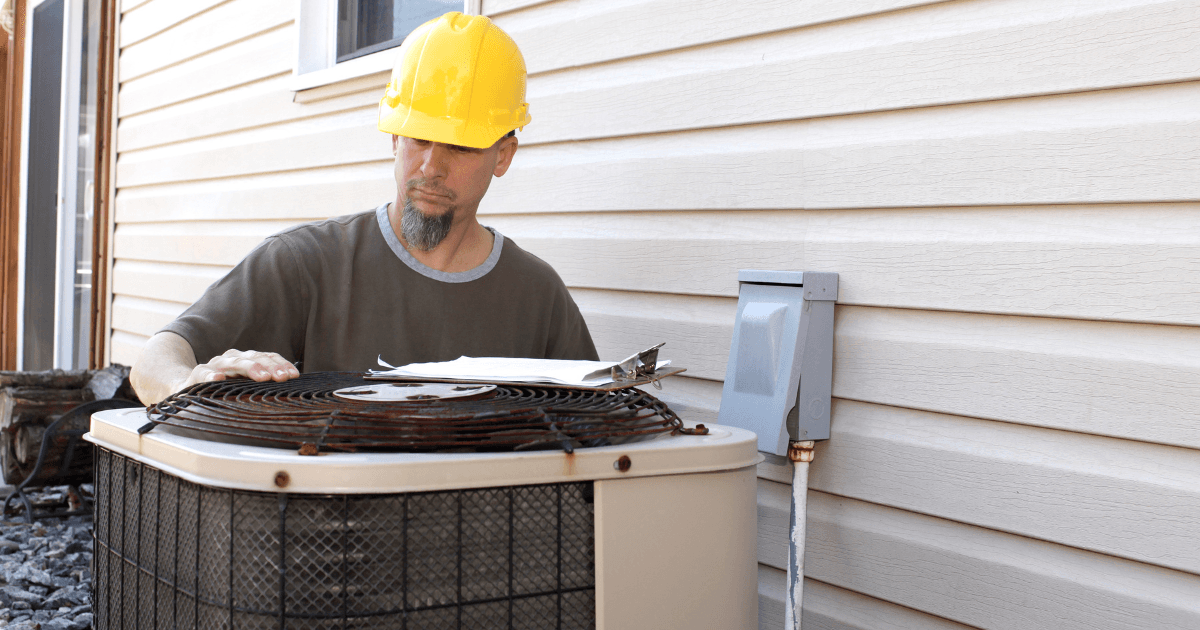Air conditioning in Arizona is not a convenience but a necessity. With average summer temperatures surpassing 100°F, often for extended periods, Arizona’s dry, arid heat presents a unique set of challenges for air conditioning systems. While we usually think of air conditioners as machines designed to cool spaces, the physics behind these systems and the way they interact with Arizona’s climate must be re-evaluated. Using first-principles thinking, we can analyze how the harsh conditions impact the functionality, efficiency, and lifespan of AC units and explore how to adapt and optimize systems accordingly.
How Air Conditioning Systems Work: The Basics
At its core, an air conditioner operates as a heat transfer system, not as a device that creates cool air. This distinction is crucial to understanding the stress placed on these systems in Arizona’s climate. The air conditioner’s primary task is to absorb heat from the indoor environment and expel it outside. The refrigerant circulating inside the system absorbs indoor heat as it passes through the evaporator coil and then releases it outdoors through the condenser coil.
This process relies on efficient thermal exchange, meaning the greater the temperature difference between the inside and outside air, the harder the AC has to work to maintain cool temperatures indoors. In a moderate climate, this system operates without strain. However, in Arizona’s desert climate, where outdoor temperatures can exceed 110°F, this fundamental process faces extreme strain.
The Impact of Arizona’s Dry Heat on Thermal Efficiency
In first-principles thinking, we reduce complex systems to their simplest components. In the case of air conditioners, thermal exchange is the most critical process. Arizona’s dry heat creates a significant temperature gradient between the indoors and outdoors. The larger this gradient, the more energy is required to transfer the heat out of the home. Air conditioners in Arizona must work harder and longer to expel the same amount of heat as they would in a milder climate.
Moreover, while dry air is often seen as advantageous compared to humid air (because dry air holds less latent heat), the sheer intensity of Arizona’s heat offsets this benefit. The hotter it gets, the more the condenser struggles to release heat into the already scorching outdoor environment. As a result, components like the compressor work harder, which can lead to overheating and system failure.
Common AC Problems Exacerbated by Arizona’s Climate
1. Overheating Compressors
The compressor is the heart of any air conditioning system. Its job is to pump refrigerant between the evaporator and condenser coils, facilitating the heat transfer process. However, when outdoor temperatures remain high for prolonged periods, the compressor becomes overburdened. In Arizona, compressors often face thermal overload, as they are forced to run continuously without adequate rest cycles.
First-Principles Insight:
Compressors are thermodynamic devices that work best within specific operating temperature ranges. In Arizona, where temperatures frequently exceed these limits, the compressor’s efficiency diminishes rapidly. Over time, this leads to overheating, breakdowns, or complete failure, making it one of the most common problems for AC systems in the desert.
2. Dust and Debris Accumulation
Arizona’s dry, desert environment also means constant exposure to dust, dirt, and debris. This dust easily accumulates on the condenser coils, obstructing airflow and reducing the system’s ability to release heat. With clogged coils, the system’s overall efficiency plummets, as the AC has to work harder to compensate for the restricted airflow.
The combination of high temperatures and poor airflow puts a double strain on the compressor, exacerbating the risk of failure. Furthermore, dust can infiltrate internal components, wearing down seals and causing leaks in refrigerant lines, which leads to decreased cooling capacity and increased energy consumption.
3. Dry Air’s Impact on Components
Arizona’s dry air, though beneficial in reducing humidity, also has unintended consequences on the air conditioning system’s mechanical components. Over time, rubber seals, belts, and other materials can dry out and crack, leading to refrigerant leaks and mechanical failures.
First-Principles Insight:
Rubber components and materials, much like human skin, need a certain level of moisture to maintain flexibility and function. In Arizona’s extremely dry environment, the lack of ambient moisture leads to accelerated wear and tear, causing these components to degrade faster than they would in more humid climates.
Maximizing Air Conditioning Efficiency in Arizona
Given the unique challenges posed by Arizona’s climate, it is essential for homeowners to adapt their AC systems to the conditions. By optimizing the system’s operation and performing regular maintenance, it’s possible to extend its lifespan and increase energy efficiency.
1. Regular Maintenance and Cleaning
In Arizona, regular maintenance is not optional; it is crucial. This includes:
- Monthly air filter changes: Dust accumulation in the filter restricts airflow, forcing the system to work harder. In Arizona, where dust is pervasive, changing filters every month is essential.
- Coil cleaning: Clean the condenser coils regularly to prevent dust and debris buildup that restricts heat dissipation. Failure to do this will reduce efficiency and shorten the system’s lifespan.
- Annual HVAC inspections: Professional inspections before and after the summer season can identify issues like refrigerant leaks, worn components, and early signs of compressor stress, allowing for timely repairs.
2. Shading the Outdoor Unit
The outdoor condenser unit is responsible for releasing heat outside, but in Arizona’s extreme heat, this process becomes inefficient. By placing the outdoor unit in a shaded location (or installing an awning), homeowners can reduce the ambient temperature around the unit, allowing it to operate more efficiently. This simple step can help prevent overheating and prolong the system’s lifespan.
3. Sealing and Insulating Ductwork
Properly sealed and insulated ductwork is critical in Arizona, where even the smallest leaks can allow cool air to escape into the hot desert air, reducing overall efficiency. Sealing ducts and insulating the attic where ducts often reside can prevent significant energy loss and improve the AC’s performance.
4. Programmable Thermostats and Smart Technology
Utilizing smart thermostats can help homeowners in Arizona reduce the strain on their AC systems by automating cooling schedules. For example, setting the thermostat to higher temperatures when no one is home reduces unnecessary cooling, which can significantly lower energy costs and decrease wear on the system.
Choosing the Right Air Conditioner for Arizona
Given the intense demands of Arizona’s climate, selecting the right air conditioner is crucial. Standard systems often struggle to cope with the desert heat, but newer technologies offer enhanced efficiency and durability.
1. High SEER-Rated Units
A high SEER (Seasonal Energy Efficiency Ratio) unit is essential in Arizona. While federal guidelines require a SEER rating of at least 14 in the Southwest, investing in a unit with a SEER rating of 16 or higher can result in substantial long-term energy savings. High-SEER units are designed to handle longer cooling periods while consuming less energy, making them ideal for Arizona’s extended summer months.
2. Variable-Speed Compressors
In Arizona, variable-speed compressors offer the best solution for maintaining consistent cooling. Unlike single-stage compressors, which operate at full capacity or not at all, variable-speed systems adjust their output based on the cooling demand. This allows the system to run longer at lower speeds, reducing strain and providing more even cooling throughout the home.
3. Durability and Heat-Resistant Components
Homeowners in Arizona should look for AC units specifically designed with heat-resistant materials and enhanced durability. Some units come with reinforced compressors and heat-resistant coils that are better equipped to handle extreme temperatures.
Final Thoughts: Adapting Your AC to Arizona’s Unique Climate
Arizona’s climate is unforgiving, especially during the summer months when air conditioners are pushed to their limits. By applying first-principles thinking, we can better understand the underlying challenges and adapt our systems to handle them efficiently. This involves not only choosing the right unit but also maintaining and optimizing it for peak performance in a desert environment.
Maintaining your air conditioning system in Arizona isn’t just about comfort—it’s about protecting your investment, maximizing efficiency, and ensuring your home remains a sanctuary from the relentless desert heat.
With the right knowledge, regular maintenance, and appropriate upgrades, your AC system can continue to perform efficiently even in Arizona’s most extreme conditions, providing cool, comfortable air throughout the hottest months while keeping energy bills manageable.
FAQ Section
How often should I replace my AC filters in Arizona?
- Due to Arizona’s dusty environment, filters should be replaced monthly to ensure proper airflow and prevent dust buildup.
What is the ideal SEER rating for an air conditioner in Arizona?
- A SEER rating of 16 or higher is recommended to maximize energy efficiency and performance in Arizona’s hot climate.
How does Arizona’s dry heat affect my AC’s performance?
- The extreme heat puts a strain on the system, particularly the compressor, and can cause issues like overheating, while the dry air accelerates wear on components such as seals and belts.
What steps can I take to improve my AC’s efficiency in Arizona?
- Regular maintenance, shading the outdoor unit, sealing ductwork, and using a programmable thermostat are all critical strategies for improving efficiency in Arizona’s desert heat.





